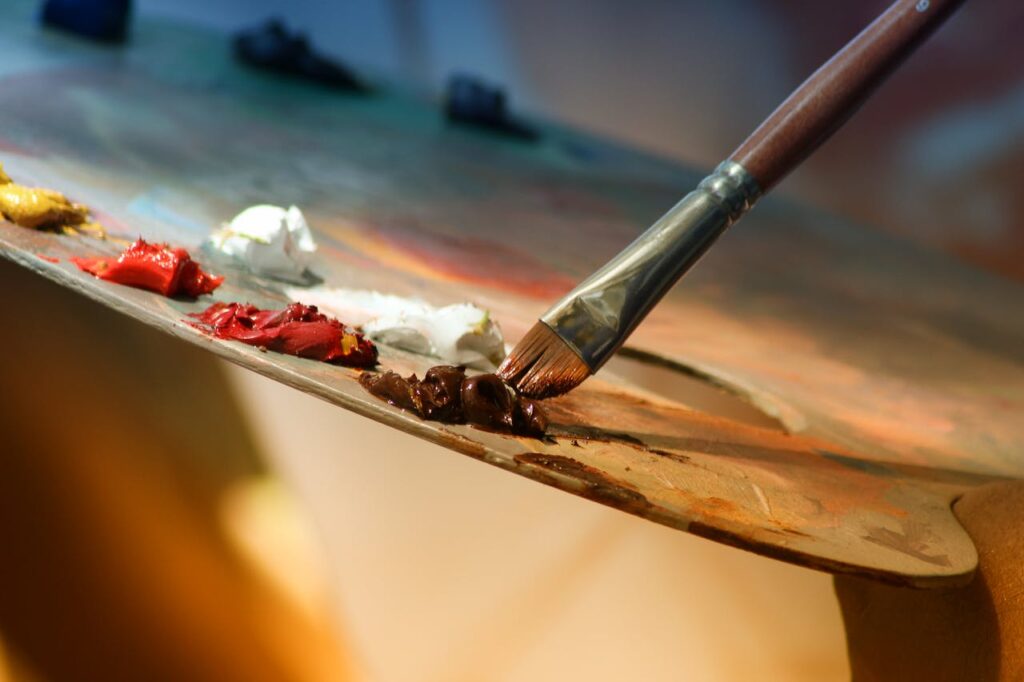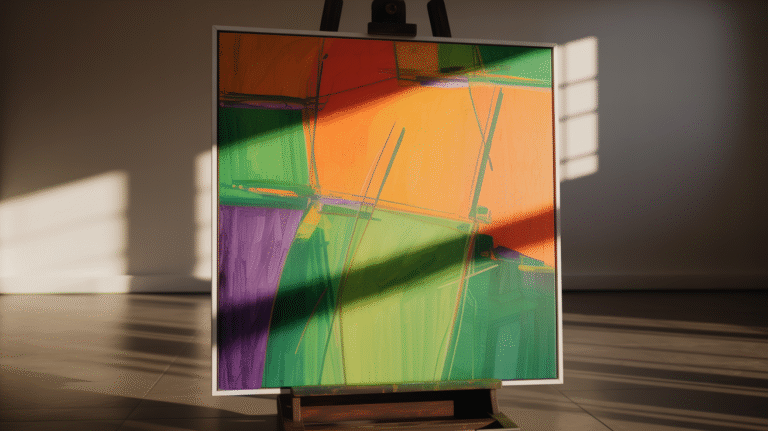As the air turns crisp and leaves burst into fiery shades of red, orange, and gold, there’s no better time to dive into seasonal creativity. Fall acrylic painting is a fun and accessible way to capture the beauty of autumn on canvas. Whether you’re a beginner or looking to explore a new seasonal theme, this guide will walk you through everything you need to know.
Why Choose Acrylics for Fall Art?
Acrylic paints are perfect for autumn landscapes and cozy seasonal scenes. They dry quickly, blend well, and are beginner-friendly. You can layer vibrant colors or experiment with textures, making them ideal for fall’s dynamic palette and rich atmosphere.
Must-Have Materials

Paint Colors for Fall Painting Acrylic
Build a basic fall palette with:
- Cadmium Red
- Burnt Orange
- Yellow Ochre
- Burnt Sienna
- Sap Green
- Titanium White
- Payne’s Gray or Raw Umber (for shadows)
These warm, earthy colors reflect the heart of the season.
Brushes and Tools
- Flat brushes for background washes
- Round brushes for detail and trees
- Fan brush for leaf textures
- Palette knife for thick texture and bark effects
- Stay-wet palette to keep your paints workable longer
Canvas Preparation
- Choose canvas size based on your vision (8×10 for beginners is a great start)
- Use a primed canvas or apply gesso to raw canvas
Painting Techniques for Fall Scenes

1. Layering Warm Colors
Start with a light wash of yellow or orange for the background. Build up with reds and browns. Let each layer dry before adding the next to create rich depth. Blend edges softly using a dry brush.
2. Texturing Leaves and Bark
- Use a fan brush or stippling to create leaf patterns.
- Dab with a sponge for soft forest floors.
- Use a palette knife to add rough tree bark or rock textures.
3. Capturing Light and Shadow
Autumn light is golden and low. Add highlights to the tops of trees and side of buildings. Use Payne’s Gray to subtly shadow the opposite sides. This creates cozy depth and natural atmosphere.
Inspiring Fall Painting Ideas
- A winding trail through golden trees
- A cozy cabin with smoke curling from the chimney
- Pumpkins and sunflowers on a wooden table
- Forest animals peeking through colorful foliage
- A misty morning lake with orange reflections
Displaying and Preserving Your Fall Artwork
After you’ve finished your painting, don’t just tuck it away. Show it off! Seasonal art adds warmth and personality to your space.
Display Ideas:
- Frame your piece and hang it as seasonal wall decor
- Create a rotating gallery wall for your seasonal artworks
- Prop smaller canvases on shelves or mantels with autumn decorations
Protecting Your Work:
- Let your painting dry completely before framing
- Apply a clear acrylic varnish to seal and protect the colors
- Store extra artwork in a dry, cool place away from direct sunlight
Taking care of your acrylic paintings ensures they last for many seasons to come, ready to warm your home again next fall!
Frequently Asked Questions – Fall Painting Acrylic
What’s the best beginner scene for a fall acrylic painting?
A simple grove of trees with bright foliage and a gradient sky is a great place to start. Use layering and light strokes to build the leaves.
How do I create the effect of falling leaves?
Use a round brush to paint small scattered shapes in different colors. Or flick thinned paint from a brush for a spontaneous, windy effect.
Can kids try fall acrylic painting too?
Yes! Use larger brushes and keep designs simple. Try pumpkins, trees, or colorful dots for leaves.
What are the easiest textures to create with acrylics?
Try dry brushing for a rough look, sponging for leafy ground, and dabbing with crumpled paper for sky or bark textures.
Fall is a season full of mood, magic, and color. Acrylic painting gives you a way to bottle that feeling and turn it into something you can hang, gift, or enjoy for years to come.
Let your brush capture falling leaves, glowing skies, and cozy scenes. Whether it’s your first painting or your fiftieth, each autumn artwork tells a personal story.
Tried a fall-themed acrylic painting? Share your masterpiece or favorite idea in the comments below, we’d love to see how you bring autumn to life!






